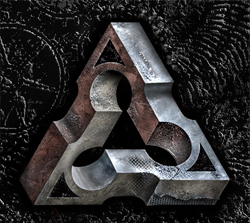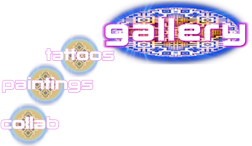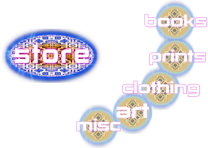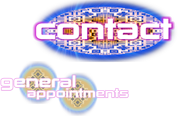Ask Guy 4
Q) Do you use a power suply with digital readout? If so, what would be your typical power settings for lining, shading and coloring? If you use this type of power unit, I'd appreciate your suggestions about voltage, speed and so on.
A) This is a simple question with a complex answer. I have used a variety of power supplies through the years, including a few with digital readouts such as the Eikon power supply and the all-digital unit being marketed by Critical. These are both good solid pieces of equipment that have proven themselves in our studio, but I have gone back to my old fashioned non-digital unit simply because it has settings for 3 different machines, which is my usual way of working. Honestly, I never looked at the readout- since beginning my apprenticeship I was always told to feel the armature nipple to see how it would hit the skin, and adjust the power accordingly. Learning to do it this way will teach you to trust your intuition rather than a digital readout, which can sometimes give you misleading information. Even if I were checking the readout to see what my power is, I would still insist on feeling the armature nipple before hitting the skin, just to make sure. When in doubt, I always start with too little power, work for a few seconds, wipe to see how my saturation is going, then add power accordingly. This is better than accidentally using too much.
If you are still curious to know about power levels, I can give you some rough figures. This will of course vary from person to person, depending on how their machines are set up, how many needles in their shader, how thick their pigments are, etc. In general, it's a better measure of performance to read the strokes per second (Hertz, or hz) than to measure power alone.
Fast Liner- 130-160hz
Shading liner- 115-135hz
Shader- 100-120hz























